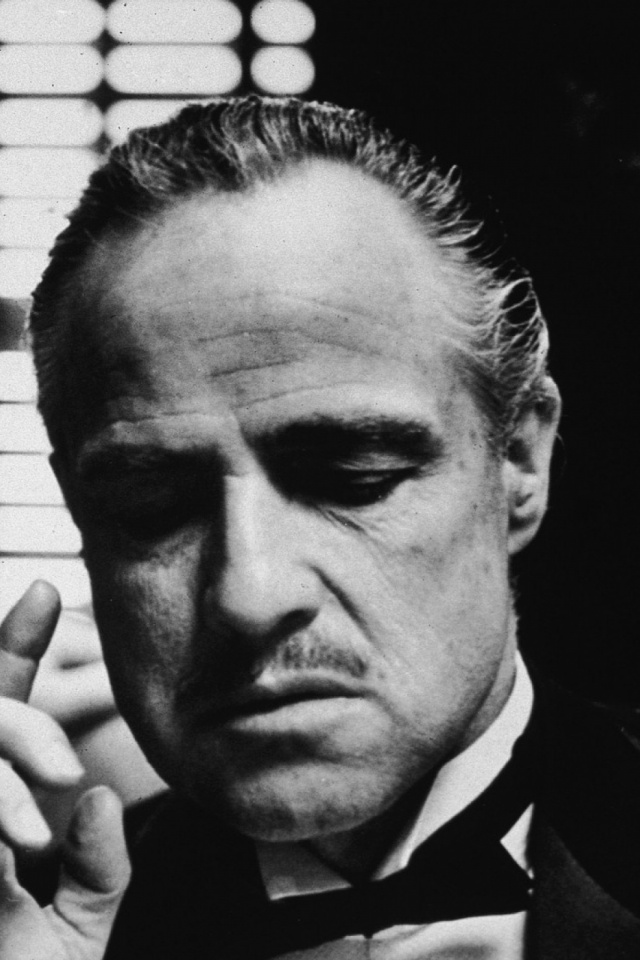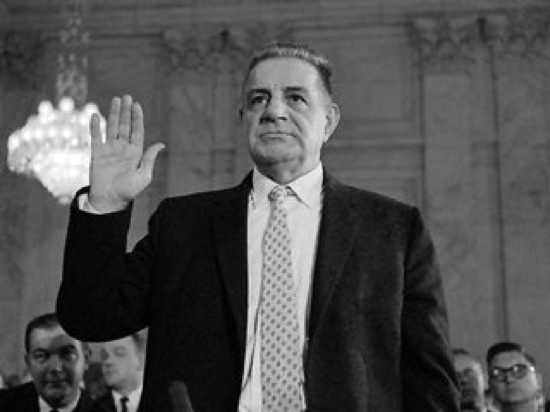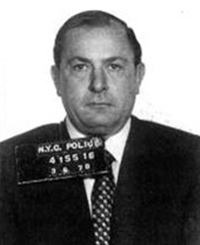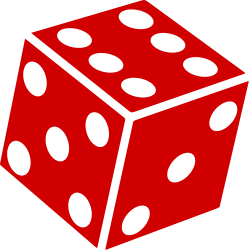
Welcome to The Godfather week. This week you will find lots of mafia and The Godfather related content. Including a review of the original movie and the brand new board game The Godfather: Corleone’s Empire that we are offering. Don’t forget to read part 1 and part 2 of the series.
Directed by Francis Ford Coppola, “The Godfather” changed the way movies were made. It is largely considered as one of the greatest films of all time, and there is no debating this. The indelible epic tells the story of a father and a son who love one another, and just so happen to be members of the mafia.
The movie made criminals seem human, it actually made them someone to root for. In 1972, this was unique, heroes never were at odds with the police, but that all changed with “The Godfather.”
It wasn’t just movies that were affected by “The Godfather,” but also organized crime. The book and the movie soon became a reference manual for uneducated thugs. Being a bad guy was cool and no one was cooler than Vito Corleone and his family. However, that hasn’t always been the case.
Mario Puzo never knew any gangsters, at least that is what he claims. “The Godfather” wasn’t based on any local wiseguys, and the only reason he wrote the book was to get out of debt. [5]
Many of the mannerism, traditions and the lingo of the mobsters were created by Puzo and based on how he thought mafia types talked. His research for the book came mostly from reading court documents, and a knowledge of high profile crime cases. [5]
When he approached his publisher, he received little encouragement, but what else was there to do. The advance that he received was $5,000, which was almost as much as he made on his last two novels. [5]
He went ahead anyways, “The Godfather” would go on to be a huge literary success, and would ultimately become a permanent part of the zeitgeist due to the popularity of the movie.
Even though Puzo was enjoying his success as a literary darling. There were some that would like to see him and his story “sleeping with the fishes.” That’s right I’m talking about the mafia.
When 1972’s “The Godfather” was in production it was met with some backlash. Some heralded it as racist trash, that would reinforce negative stereotypes about Italian-Americans. The protest was lead by Joe Colombo the founder of the Italian-American Civil Rights League. Colombo, by day was a real estate agent, but by night and unknown to most he was a mafia crime boss [1].
Colombo had an agenda, his agenda was that he wanted the words mafia and Cosa Nostra erased from U.S. collective memory. His goal was to make people forget, and he did this in mock protest against how the media portrayed Italian-Americans [1].
Prior to the 1960s it wasn’t publicly acknowledged that the Italian Mafia existed. Although, it appeared to be common knowledge with the Italian-Americans and law enforcement. J. Edgar Hoover, former director of the FBI, publicly stated that the mafia didn’t exist despite researching the mob for years. [6]
That all changed after a testimony made Joseph Valachi confirmed the existence of the Cosa Nostra, the Italian mafia. His motivations are unknown, but it is believed his testimony was an attempt to get a plea bargain for crimes he committed [6].

By the 1970s, the mafia was a thing people knew about it. “The Godfather” was published in 1969, coming out when fascination with Cosa Nostra was at its highest.
The Italian-American Civil Rights League was 45,000 members strong, and likely wasn’t made up of only Colombo’s mafia goons. On the surface the mission seemed pure. Italian-Americans were sick of being associated with the local wise guys written about in the newspapers[1].
Colombo, in retrospect, was so clearly a mobster. His protests against the film in public seemed benign and within the legal system. However, in private he would make veiled threats suggesting illegal activity to the executives at Paramount, attempted to extort them for money and even made bomb threats to the studio [1].
Producer Al Ruddy was perhaps the most targeted. He allegedly had his windows shot out, received threatening phone calls ordering him to stop production, and was followed by shady figures. Ruddy, at the height of his paranoia, momentarily canceled production [1].
Eventually, concessions were made. Which is why in “The Godfather” the words mafia and Cosa Nostra is never uttered by a single character. Colombo couldn’t stop the movie, but he managed to have the words expunged from the script [1].
Ironically, like any good story about a mafioso, Colombo was assassinated by his rival bosses. Which only adds to the legend of the “The Godfather” film [1].

That was then, but now, “The Godfather” has been embraced by crime culture. Like I said, the movie made it cool to be a bad guy. Oxford sociologist Diego Gambetta’s book “Codes of The Underworld” talks about this exact phenomenon [2].
The lingo and the style of the gangsters in the movie served as an inspiration for real life criminals. But it isn’t just the look and the language that was only borrowed from “The Godfather,” but also how these guys do business [2].
Sending a gift wrapped trout isn’t a mystery to anyone, and there has been more than one severed horse head sent to the homes of a mob bosses enemy [2][4]. John Gotti lieutenant Salvatore “Sammy the Bull” Gravano freely admitted he drew inspiration from the book and the movie [4].
Interestingly enough, after the release of “The Godfather”, police detectives in the 1970s began to find copies of the books in the homes of the criminals they arrested [2]. It appears life imitates art.
Sources:
http://mentalfloss.com/article/93739/when-mob-protested-godfather [1]
https://www.thestar.com/news/world/2009/10/25/lessons_from_the_godfather.html [2]
https://www.smithsonianmag.com/arts-culture/what-is-the-godfather-effect-83473971/ [3]
https://www.theguardian.com/science/2009/sep/29/mafia-gangster-films-godfather [4]
https://en.wikipedia.org/wiki/Joseph_Valachi [6]


One thought on “Life Imitating Art: The Godfather and The Mafia”